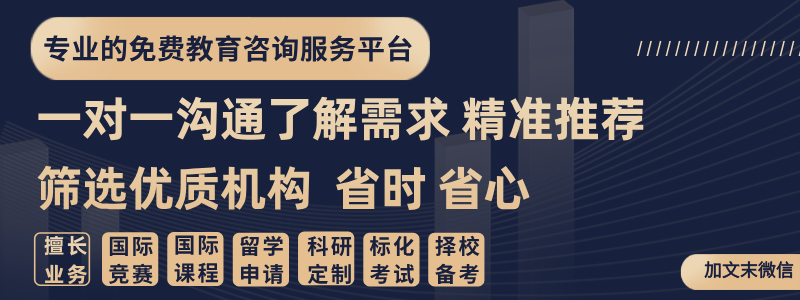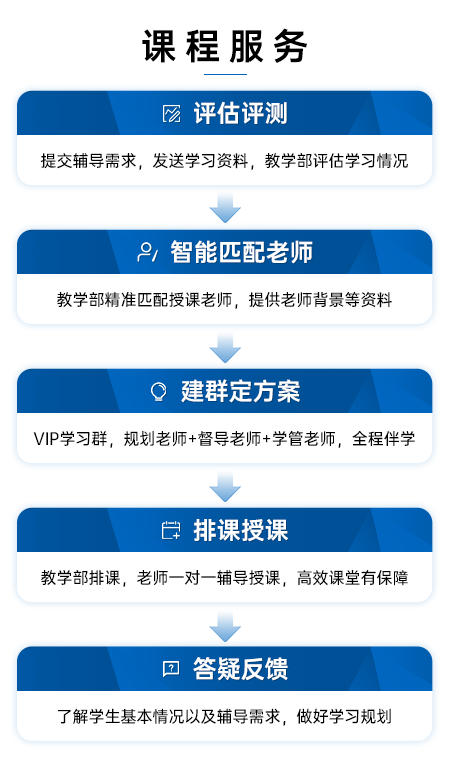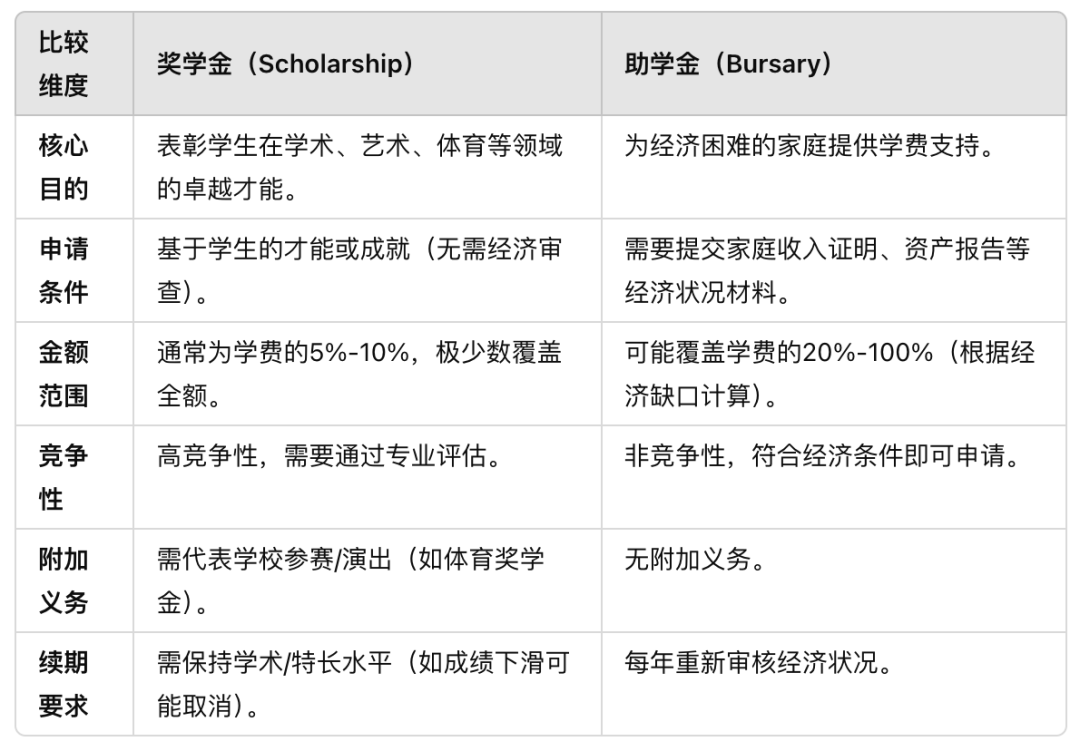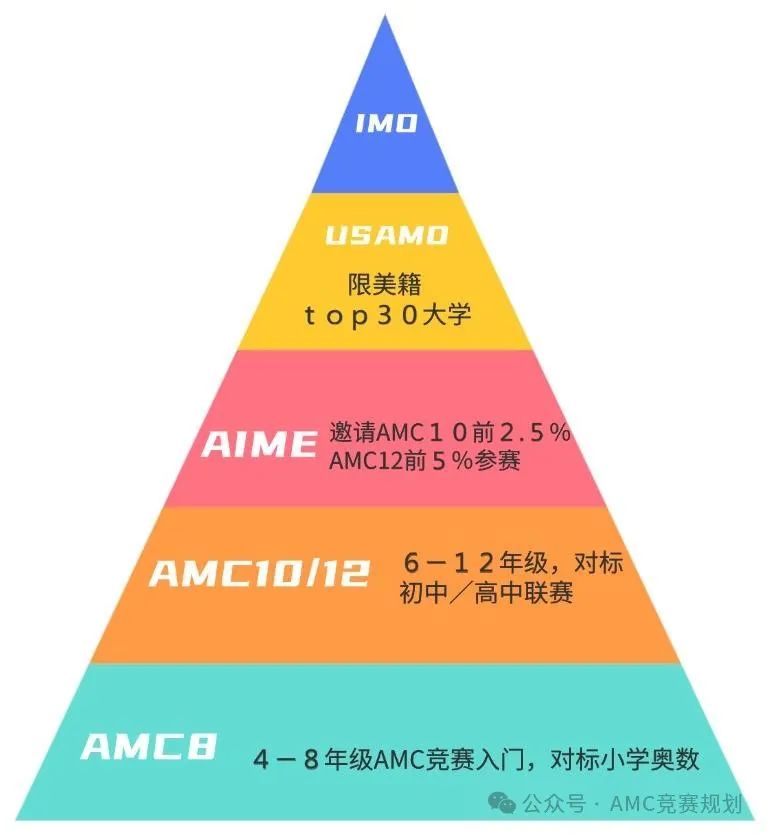Case作为Junior WSD比赛的一部分,与赛前研究、赛场上的论证紧密相关,对参赛选手们来说,也是备赛过程中的一个重要环节
今天我们邀请到了,资深教练Robert Raos为大家介绍 Junior WSD比赛中 Case的写作方法 让你的辩论更加有条理和说服力!
Robert Raos
超6年World School/BP辩论及教学经验
Radboud大学辩论队主席
曾获多项国际辩论赛事冠军,包括欧洲Queer公开赛2020,芝加哥公开赛2022等。
A case is the collection of all the arguments a team uses in a Junior World Schools Debate. It encompasses not only the reasons why a motion should be proposed or opposed but also the definitions, framing, examples, and impacts that strengthen the arguments presented. This article will guide the reader on how to build a case that will help him or her win debates.
Case是一支队伍在Junior WSD比赛中使用的所有论据的集合。它不仅包括提出或反对一个Motion的理由,还包括定义(definitions)、框架(framing)、例证(examples)以及使得我们的论点更加强有力的论点影响力(impacts)。今天这篇文章将帮助大家了解如何写出一个能够在Junior WSD比赛中获胜的Case。
#1The First Step To Build A Case
Case写作的第一步:Research
The first step toward building a case is research.
Of course, with an impromptu motion, one must create a case on the spot with no preparation, but for prepared motions, it is imperative to read up on a topic.
1. Understand The Burdens 明确论证所需的隐含条件
Before beginning research, the debater should understand the burdens implied by the motion. What are you supposed to be defending? What do you need to prove in order to win? Without asking yourself these questions first, it is impossible to research effectively. Make sure to read the motion carefully and understand what each word in the motion stands for. If you are having trouble interpreting the wording of a motion, do not hesitate to ask the chief adjudicators of the tournament to clarify what it means.
2. Figure Out The Motion Type 搞清Motion的类型
The next thing you should figure out is the motion type.
If it is a policy motion ("This House Would"), you need to prepare a model – that is the process by which you would implement the motion.
On the other hand, if it is an analysis motion, you do not need a model, but both proposition and opposition need to characterize the likelihood of the framing and characterization they are trying to forward.
If it is an actor motion ("This House, as X"), you must only argue from the perspective of the actor. Any and all arguments that affect individuals or groups other than the actor specified by the motion should not be credited.
The debater should understand the different types of motions before constructing their case, otherwise they might not do it properly.
3. Select Advantageous Information 选择对你有利的信息
Research can help you understand the context of a debate. However, just because you know something about a motion does not mean it is useful for you to say it in your speech. In fact, not saying information that could strategically hurt your case is a skill you will learn in debating.
What you need to do with the information you research is to select the bits and pieces of truth that are advantageous to your case.
We call this framing.Framing is the context of the motion you set up to make your arguments relevant. It could be explaining the time, place, nature, or details about the motion that make your arguments more compelling, urgent, or necessary.
#2Important Parts Of Argumentation
论证的重要部分
Finally, let us discuss argumentation.
1. Arguments 论点
A Junior WSD case should contain three arguments – both for side proposition and opposition. Two arguments should be delivered by the first speaker of each side, whereas one argument should be delivered by the second speaker. Each argument must have a headline or a title.The headline of an argument should describe what you are trying to prove with it. Ideally, the headline should be snappy or memorable such that it is easy for the judge to remember and consider important.
2. Mechanization 原理分析
Next is mechanization. Your mechanisms are the bread and butter of your arguments – they are the reasons why your arguments are true.
For instance, the fact that children have underdeveloped brains is a mechanism for the argument that children need parental authority.
3. Examples 例子
Another important part of argumentation is having examples. Examples help your arguments sound more concrete, tangible and intuitive. Absent good examples, a case may sound too abstract or imprecise.
4. Impact Your Arguments 增强论点影响力
Finally, make sure to impact your arguments – explain to the judge why they are important and why people should care about them. Without good impacting, there is no reason to consider an argument important.
In addition to everything mentioned above, remember to always link your arguments to the motion. If your arguments are not attained exclusively by proposing or opposing the motion, they may be considered irrelevant to the debate.
Let's build a sample case to show you the ropes
最后,让我们用一个Sample Case来展示 今天聊到的所有知识点:
On the motion, "This House Would Increase Taxes on the Wealthy", the debater should identify that this is a policy motion and should therefore define a model.
In the model, we can choose which kinds of taxes we want to increase and how high we want to set them. For example, we can choose not to increase the value-added tax, given that people of different income brackets all have to pay the same amount.
Rather, we can focus on income tax and divide it into different brackets so that we can introduce a progressive taxation scheme that determines the tax percentage based on how high the income of the citizen is.
Great – that's the first step out of the way. We have a model. The debater should then have framing as to where this debate takes place. Characterize the kinds of societies in which high taxation is needed. Explain the disparity between the rich and the poor that exists in many countries and outline the problems this disparity causes. If you do not frame the problem that the motion needs to solve, then your arguments become less persuasive.
Finally, it is your job as a Junior WSD speaker to introduce arguments. The first argument on this motion can be about Keynesian economics – an explanation of how the state can use the additional funds it receives through taxation to fund new projects that stimulate the economy.
The second argument can be about solving inequality – providing access to healthcare, education, and infrastructure to disenfranchised people that enable social mobility and ensure basic living conditions.
The third argument can be on decreasing social tension – societies with high amounts of wealth inequality suffer from distrust and conflict between the rich and the poor. By making society more equal, we enjoy the benefits of more social cohesion and cooperation.
通过今天的干货内容,相信大家对如何写出一份专业的Case有了进一步的了解。














